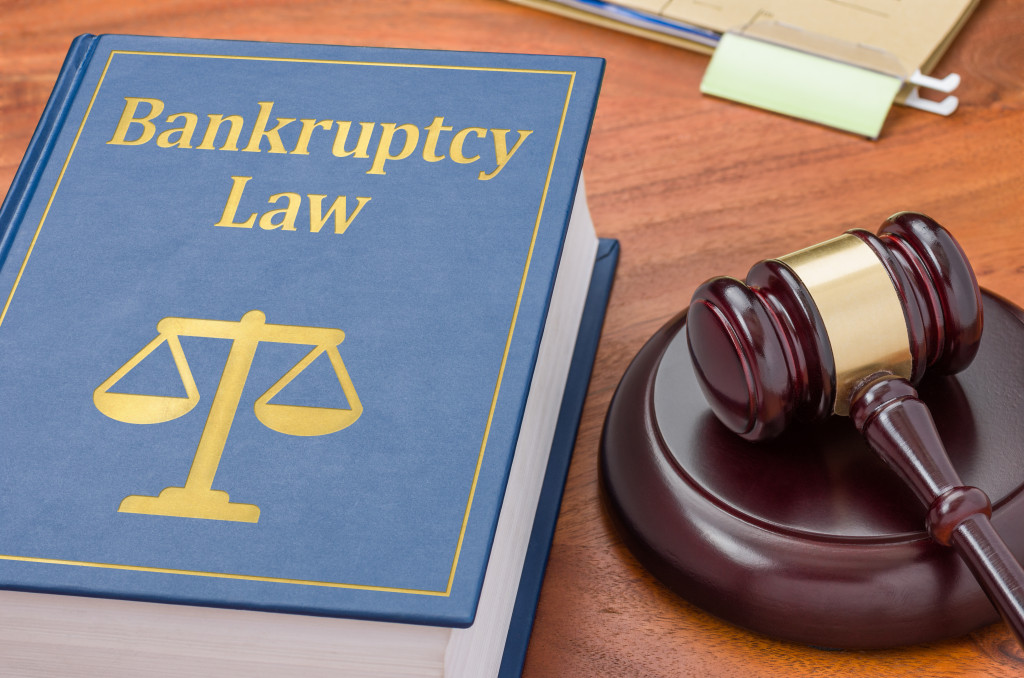- Identify the root cause of debt to create a repayment strategy.
- Create a budget to reduce expenses and track finances.
- Negotiate with creditors for partial payments and sign a contract to secure the agreement.
- Consider debt consolidation to combine payments and lower interest rates and manage debt more efficiently.
- Don’t be afraid of bankruptcy if you cannot manage your debt, but use it as a last resort.
Small businesses have always been vulnerable to economic downturns, and the ongoing COVID-19 pandemic has brought financial challenges for many entrepreneurs. Fresh start-ups require a lot of initial investments, and sometimes, it takes more time than expected for a company to reach a break-even point. If you are one of those small business owners struggling with excessive debt, you need to address the issue before it leads to bankruptcy. This blog post will share some tips on tackling excessive debt and turning your business around.
1. Determine the root cause of debt.
Before tackling excessive debt, you need to identify the root cause of the problem. Some common reasons for excessive debt in small businesses include overspending, poor inventory management, unexpected expenses, and lack of sales. Once you know the primary cause of the debt, you can start working on a strategy to get out of it.
Make sure you analyze the cash flow of your business and track your expenses to identify areas where you can make cuts. This will help you identify and address any mismanagement of finances. You can also consult a financial advisor for professional advice on managing your debt.

2. Create a budget and stick to it.
Creating a budget is crucial for any business, but it’s even more critical for small companies struggling with excessive debt. Start by assessing your cash inflows and outflows, and identify areas where you can cut costs. You can reduce expenses by renegotiating contracts with vendors, identifying cheaper utility providers, and appreciating the use of technology to streamline processes.
3. Negotiate with creditors
If you cannot make timely payments to your creditors, consider negotiating with them. Most creditors would prefer getting partial payments instead of no payments at all, and they may be willing to accept a lower amount if it means avoiding a long legal battle. Here are some tips when negotiating:
a. Research the creditors’ policies and procedures
Find out how flexible the creditors are and what options they may offer to help you pay off your debt. You can also reach out to industry experts and ask for advice.
b. Present a realistic plan
Put together a clear and detailed repayment plan that includes the amount you can pay and the timeline for repayment. This is essential for convincing creditors to agree to the terms.
c. Get everything in writing
Once you agree on a repayment plan, ensure both parties sign a contract outlining the repayment terms. This will ensure that both of you are on the same page and there is no confusion moving forward.
d. Keep your creditors updated
Once you have agreed to the repayment terms, make sure that you stick to them and keep your creditors updated with regular payments. Many creditors may be willing to work with you if they know you are committed to repaying your debt.
4. Consider debt consolidation
Debt consolidation allows you to combine multiple debts into a single payment, often with lower interest rates. This strategy can help you manage your debt more efficiently and pay it off sooner. You can consolidate debt by taking out a business loan or credit line or working with a reputable debt consolidation company. This is an important decision, so do your research beforehand and understand all the options and potential pitfalls.

5. Don’t be afraid of bankruptcy
If you cannot manage your debt, no matter what measures you take, filing for bankruptcy may be the best option. Bankruptcy provides a fresh start and eliminates most of your debt. This can be an effective solution for small businesses struggling with excessive debt, but it should only be considered a last resort.
Working with an experienced bankruptcy lawyer can help you assess the pros and cons of filing for bankruptcy and determine if it is the right option for your business. They can also help you weigh your options and choose the best action. Ask around for referrals and consult with multiple lawyers to ensure you are getting the most reliable advice.
Small businesses struggling with excessive debt require a comprehensive plan to get out of it. You can get your business back on track by identifying the root cause of the problem, creating a budget, negotiating with creditors, consolidating debt, and considering bankruptcy. Remember, dealing with excessive debt is not a quick fix. It takes time, effort, and discipline. Nevertheless, with the right strategies, you can overcome debt and create a financially stable business that thrives for years.



